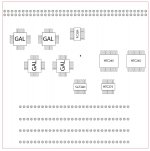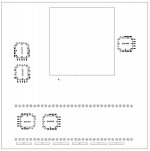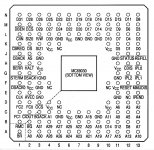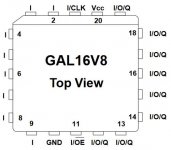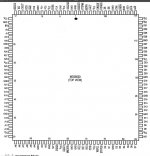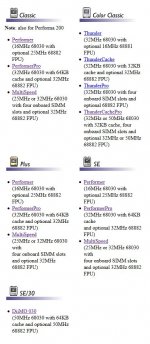Bolle
Well-known member
This would have been too easy...
At least it boots but as soon as you try to access the NIC it just freezes. Doesn't matter if I have the RAM plugged in or not.
Also all combinations of accelerator driver, CompactVirtual and Asante drivers do not make a difference.
The accelerator has another port which can be used by a graphics card I think. This should be useable as a PDS passthrough as well.
Time to buzz the connections at that connector out as well. Maybe some slight bending of some signals is needed to pull off the additional PDS card thing.
CompactVirtual will let you set an address range for a custom PDS card, so it can do its magic and move around device addresses while not moving things into the specified address range of the PDS card.
At least it boots but as soon as you try to access the NIC it just freezes. Doesn't matter if I have the RAM plugged in or not.
Also all combinations of accelerator driver, CompactVirtual and Asante drivers do not make a difference.
The accelerator has another port which can be used by a graphics card I think. This should be useable as a PDS passthrough as well.
Time to buzz the connections at that connector out as well. Maybe some slight bending of some signals is needed to pull off the additional PDS card thing.
CompactVirtual will let you set an address range for a custom PDS card, so it can do its magic and move around device addresses while not moving things into the specified address range of the PDS card.

